Home>Dining>Table Decor>How To Prevent Table Paint From Chipping
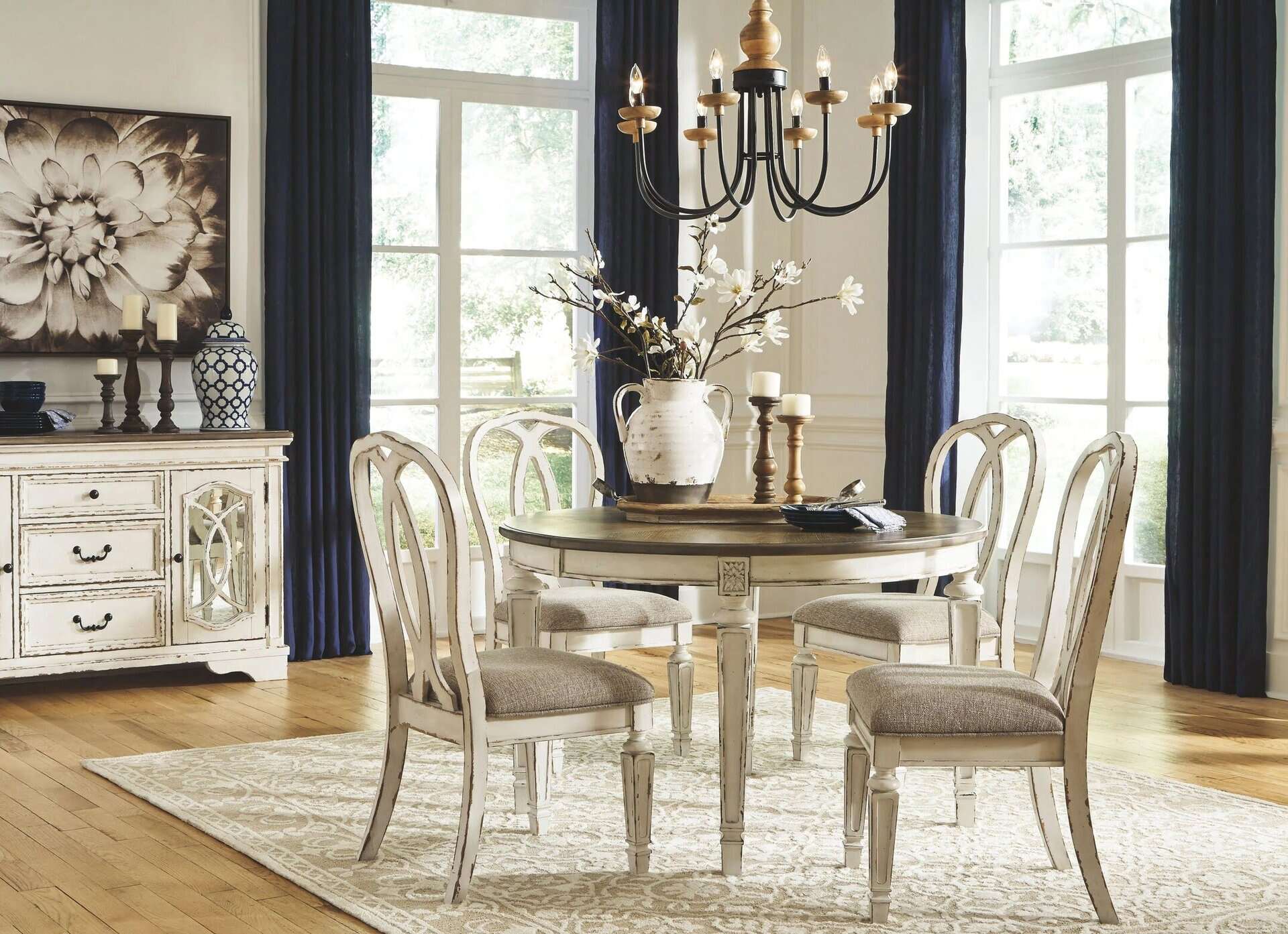

Table Decor
How To Prevent Table Paint From Chipping
Modified: January 23, 2024
Enhance your table style with our unique table decor options. Discover the charm of chipped paint design that adds character to any space.
(Many of the links in this article redirect to a specific reviewed product. Your purchase of these products through affiliate links helps to generate commission for Storables.com, at no extra cost. Learn more)
Introduction
Welcome to the fascinating world of table-decor, where every detail matters. One of the common challenges that decorators often face is maintaining the pristine appearance of tables, including preventing and addressing issues like chipped paint. In this article, we will explore the impact of paint chipping on table aesthetics, the causes behind it, and tips on how to repair and prevent it.
Tables play a vital role in both residential and commercial settings. They serve not only as functional pieces of furniture but also as an essential design element that can elevate the overall look and feel of a space. Whether it’s a dining table, a coffee table, or a conference table, the paint finish on tables is vulnerable to damage over time, especially in high-traffic areas.
Paint chipping occurs when the protective layer of paint on a table is compromised, exposing the underlying material. While it may seem like a minor issue, chipped paint can significantly detract from the visual appeal of a table and impact its overall aesthetic.
Next, let’s delve deeper into the causes of paint chipping on tables, understanding the factors that contribute to this common problem.
Key Takeaways:
- Preventing paint chipping on tables is crucial for maintaining their beauty and durability. Proper surface preparation, high-quality paint, and regular maintenance are key to minimizing the risk of chipping.
- Understanding the causes and effects of paint chipping helps in proactively addressing table decor issues. From assessment and repair to prevention, taking care of the paint finish ensures long-lasting table aesthetics.
Read more: How To Prevent A Tablecloth From Sliding
Understanding Paint Chipping
Paint chipping is a condition in which the paint layer on a table starts to peel off or chip away, revealing the bare surface underneath. This can occur on various types of tables, including wooden, metal, or even glass surfaces that have been painted. Understanding the factors that contribute to paint chipping can help us address the issue effectively.
One of the primary reasons for paint chipping is inadequate surface preparation before painting. When the table surface is not properly cleaned, sanded, or primed, the paint may not adhere well and can easily chip off. In addition, using low-quality or incompatible paint can also lead to poor adhesion and subsequent chipping.
Another common cause of paint chipping is excessive wear and tear. In high-traffic areas where tables are constantly used, moved, or subjected to rough handling, the paint finish can deteriorate over time. Regular contact with objects, such as utensils or feet, can cause small chips to appear, gradually leading to larger areas of paint damage.
Environmental factors also play a significant role in paint chipping. Exposure to sunlight, moisture, and extreme temperature changes can weaken the paint layer, making it more prone to chipping. For outdoor tables, the effects of weather elements like rain, wind, and snow can accelerate paint deterioration.
Additionally, the type of paint used can affect its durability and resistance to chipping. Not all paint formulations are suitable for table surfaces, especially those that are frequently used or exposed to harsh conditions. Choosing a paint specifically designed for furniture or high-traffic areas can help minimize the risk of chipping.
Now that we have a better understanding of the potential causes of paint chipping, it’s important to explore the effects it can have on the overall appearance and functionality of tables.
Causes of Paint Chipping
Understanding the causes of paint chipping is crucial for effectively preventing and addressing this common issue. Let’s explore some of the main culprits behind paint chipping on tables.
1. Poor surface preparation: Inadequate surface preparation is one of the leading causes of paint chipping. When the table is not properly cleaned, sanded, or primed before painting, the paint may not adhere well to the surface, leading to poor adhesion and eventual chipping.
2. Low-quality paint: Using low-quality paint can also contribute to paint chipping. Inferior paints may not have the necessary adhesion properties or durability to withstand everyday use, resulting in chipping and peeling over time.
3. Excessive wear and tear: Tables in high-traffic areas are more prone to paint chipping due to frequent use, movement, and rough handling. Constant contact with objects, such as utensils or feet, can cause small chips that gradually worsen over time.
4. Environmental factors: Environmental elements like sunlight, moisture, and temperature changes can weaken the paint layer, making it more susceptible to chipping. Exposure to harsh weather conditions, such as rain or snow, can accelerate the deterioration of the paint on outdoor tables.
5. Incompatibility: Using an incompatible paint type for tables can also lead to paint chipping. Certain paints may not be suitable for table surfaces, especially those subjected to regular usage or harsh conditions. It’s essential to choose a paint specifically designed for furniture or high-traffic areas to minimize the risk of chipping.
6. Improper application technique: Applying paint incorrectly can also result in paint chipping. Applying the paint too thinly, not allowing proper drying time between coats, or using a rushed application technique can compromise the longevity and adhesion of the paint.
Now that we understand the causes of paint chipping, let’s explore the effects it can have on the appearance and functionality of tables.
Effects of Paint Chipping
Paint chipping on tables can have several negative effects, both aesthetically and functionally. Understanding these effects is essential for realizing the importance of addressing paint chipping promptly.
1. Aesthetic Impact: Paint chipping significantly detracts from the overall visual appeal of a table. It creates a sense of neglect and can make an otherwise well-designed space look unkempt and worn-out. Chipped paint stands out as a blemish, drawing attention away from other decorative elements and making the table appear old and neglected.
2. Decreased Durability: When the protective layer of paint on a table chips away, the underlying surface becomes more vulnerable to damage. Without the paint as a barrier, the table is at a higher risk of scratches, stains, and further paint chipping. This can lead to a decrease in the overall durability and lifespan of the table.
3. Hygiene Concerns: Paint chipping can also pose hygiene concerns, especially in food-related settings like dining tables or restaurant tables. The chipped paint can harbor bacteria, making it more difficult to clean and maintain proper sanitation. This can be both unappealing to guests and a potential health hazard.
4. Long-term Damage: Ignoring paint chipping can result in more significant and costlier damage. Chipped paint exposes the table’s material to moisture, UV rays, and other environmental elements, which can lead to warping, discoloration, or even structural damage over time. Addressing chipping paint early on can help prevent these long-term consequences.
5. Impression on Guests or Clients: Tables are often a focal point in social or professional settings, where they leave a lasting impression on guests or clients. Chipped paint can give the perception of neglect and a lack of attention to detail. It can impact the credibility and professionalism of a business or the overall impression of a homeowner.
Now that we understand the effects of paint chipping, let’s move on to the assessment and inspection process to determine the best course of action for repairing chipped paint.
Use a small artist’s brush to touch up chipped paint on a table. Clean the area first, then carefully apply matching paint in thin layers.
Assessment and Inspection
Before proceeding with any repairs, it’s crucial to assess the extent of the paint chipping and inspect the underlying surface. This assessment will help determine the appropriate steps and materials needed to repair the chipped paint effectively.
Start by examining the chipped areas closely. Look for any loose or peeling paint, as well as the size and severity of the chips. Assess whether the chipping is limited to a few specific areas or if it is more widespread across the table surface.
Next, gently clean the chipped areas to remove any dirt, debris, or loose paint flakes. This will provide a clearer view of the damage and aid in the adhesion of the new paint. Use a mild detergent or household cleaner and a soft cloth or sponge to clean the surface without causing further damage.
After cleaning, inspect the underlying surface to ensure it is in good condition. Check for any signs of damage, such as cracks, dents, or unevenness. Addressing underlying surface issues is crucial to avoid future paint chipping or compromising the final repair result.
Once the assessment and inspection are complete, you can proceed with the necessary repairs to restore the table’s appearance and protect it from further damage.
It’s important to note that if the chipped areas are extensive, or if you’re dealing with valuable antique tables or intricate designs, it may be advisable to consult a professional furniture restorer or painter. They will have the expertise and experience to handle repairs and ensure the best possible outcome for your table.
Now that we’ve assessed the paint chipping and inspected the underlying surface, let’s explore the different methods and techniques for repairing chipped paint on tables.
Read more: What Are Chip Paint Brushes
Repairing Chipped Paint
Repairing chipped paint on tables involves a step-by-step process to restore the table’s appearance and protect it from further damage. Here are some effective methods and techniques for repairing chipped paint:
1. Cleaning and Preparation: Start by cleaning the chipped areas and the surrounding surface using a mild detergent or household cleaner. Gently remove any loose or peeling paint flakes, dirt, or debris. Use a soft cloth or sponge to avoid scratching the underlying surface. Ensure that the area is completely dry before proceeding with the repair.
2. Sanding: Lightly sand the chipped areas using fine-grit sandpaper. This will smoothen the surface, remove any rough edges, and create a better surface for paint adhesion. Be cautious not to over-sand or damage the surrounding areas. Clean the surface once again to remove any sanding residue.
3. Primer Application: Apply a primer specifically designed for the table material and the type of paint you will be using. Primer helps enhance paint adhesion and ensures a more durable and long-lasting finish. Follow the manufacturer’s instructions for application and drying time, and apply multiple thin coats if necessary.
4. Paint Touch-up: Use a small brush or a touch-up pen to carefully apply matching paint to the chipped areas. Take your time and apply thin layers of paint to achieve a seamless blend with the surrounding surface. Allow each layer to dry before applying additional coats. For more complex designs or color variations, it may be necessary to mix paints to achieve a perfect match.
5. Blending and Feathering: To create a more seamless repair, feather the edges of the newly applied paint by lightly blending it into the surrounding area. This helps to blend the colors and create a smooth transition, making the repaired area less noticeable.
6. Protective Finish: Once the touch-up paint has dried, consider applying a protective finish, such as a clear varnish or sealer, to further enhance durability and protect the repaired surface. Choose a finish that is compatible with the type of paint and table material. Follow the manufacturer’s instructions for application and drying time.
7. Ongoing Maintenance: To ensure the longevity of the repair, it’s important to maintain the table properly. Clean the table regularly using gentle cleaners and avoid abrasive materials that can scratch or damage the paint. Additionally, consider using coasters, placemats, or tablecloths to protect the surface from heat, spills, and scratches.
Remember, the repair process may vary based on the type of table material, the extent of the damage, and the desired outcome. If you’re unsure or dealing with valuable or antique tables, it’s recommended to seek professional assistance to ensure a successful repair.
Now that we have covered the process of repairing chipped paint, let’s explore some preventive measures to help minimize the occurrence of paint chipping on tables.
Preventing Paint Chipping
Preventing paint chipping on tables is crucial to maintain their beauty and extend their lifespan. By implementing a few preventive measures, you can minimize the risk of paint chipping and keep your tables looking their best. Here are some effective strategies to consider:
1. Proper Surface Preparation: Ensure that the table surface is thoroughly cleaned, sanded, and primed before applying paint. Proper surface preparation creates a strong foundation for the paint to adhere to, reducing the chances of chipping in the future.
2. High-Quality Paint: Invest in high-quality paints specifically formulated for furniture or high-traffic areas. These paints are designed to withstand wear and tear, providing enhanced durability and resistance to chipping. Opt for reputable brands and consult paint professionals for recommendations.
3. Appropriate Paint Type: Consider the material of the table when selecting paint. Each type of material may require a specific type of paint for optimal adhesion and durability. For example, use wood paint for wooden tables and metal paint for metal tables. Consult with paint specialists to determine the best paint type for your table surface.
4. Proper Application Technique: Follow the manufacturer’s instructions when applying paint to ensure proper adhesion and longevity. Apply multiple thin coats of paint rather than one thick coat, allowing each layer to dry completely before applying the next. This technique helps to build a strong and uniform paint layer.
5. Protective Finishes: Consider applying a clear protective finish, such as varnish or a sealer, to the painted table surface. These finishes act as a barrier, providing an extra layer of protection against scratches, moisture, and UV rays. Apply the protective finish according to the manufacturer’s instructions for optimal results.
6. Regular Maintenance: Regularly clean and inspect your tables to identify any signs of wear or chipping. Clean them using a gentle cleaner and a soft cloth to avoid damaging the paint. Promptly address any minor chips or imperfections before they worsen and require more extensive repairs.
7. Use Table Accessories: To further protect your tables, utilize accessories such as coasters, placemats, or tablecloths. These items provide an additional layer of protection against spills, heat, and potential scratches. Encourage guests or family members to use these accessories to minimize direct contact with the table surface.
8. Avoid Rough Handling: Encourage gentle handling of the tables to prevent accidental chipping. Educate family members, employees, or guests about the importance of treating tables with care, and provide clear instructions on how to handle and move them properly.
By following these preventive measures, you can significantly reduce the likelihood of paint chipping and maintain the beauty and integrity of your tables. Remember, prevention is always better than having to deal with repairs or touch-ups later on.
Now, let’s wrap up our discussion on preventing paint chipping and summarize the key takeaways.
Conclusion
Table decor is an art that requires attention to detail and the ability to address common challenges such as paint chipping. In this article, we explored the causes and effects of paint chipping on tables, along with methods to repair and prevent it.
Paint chipping can significantly impact the aesthetic appeal of tables, making them look worn-out and neglected. It can also reduce the durability of the table and pose hygiene concerns in food-related settings. Therefore, addressing paint chipping is essential for maintaining the overall appearance and functionality of tables.
Through proper assessment and inspection, you can determine the extent of the paint chipping and identify any underlying surface issues. This will guide you in selecting the appropriate repair methods. From cleaning and sanding to priming and touch-up painting, each step plays a crucial role in restoring the table’s appearance and protecting it from further damage.
However, prevention is always key, and there are several measures you can take to minimize the risk of paint chipping. Proper surface preparation, using high-quality paint, employing the appropriate paint type, and following proper application techniques can go a long way in preventing paint chipping. Implementing regular maintenance and utilizing protective finishes and table accessories further contribute to the longevity and beauty of your tables.
In conclusion, maintaining the impeccable appearance of tables requires effort and attention. By understanding the causes and effects of paint chipping, you can proactively address any issues that arise and ensure the longevity and beauty of your tables. Whether it’s a dining table in your home or a conference table in a business setting, taking care of the paint finish will enhance the overall aesthetic appeal and leave a lasting impression on guests or clients.
Remember, if you encounter extensive damage or valuable antique tables, seeking professional assistance is always a wise choice. These experts have the knowledge and experience to handle intricate repairs and deliver optimal results.
With proper care, your tables will continue to serve as functional and visually pleasing pieces that enhance the ambiance of any space.
Frequently Asked Questions about How To Prevent Table Paint From Chipping
Was this page helpful?
At Storables.com, we guarantee accurate and reliable information. Our content, validated by Expert Board Contributors, is crafted following stringent Editorial Policies. We're committed to providing you with well-researched, expert-backed insights for all your informational needs.
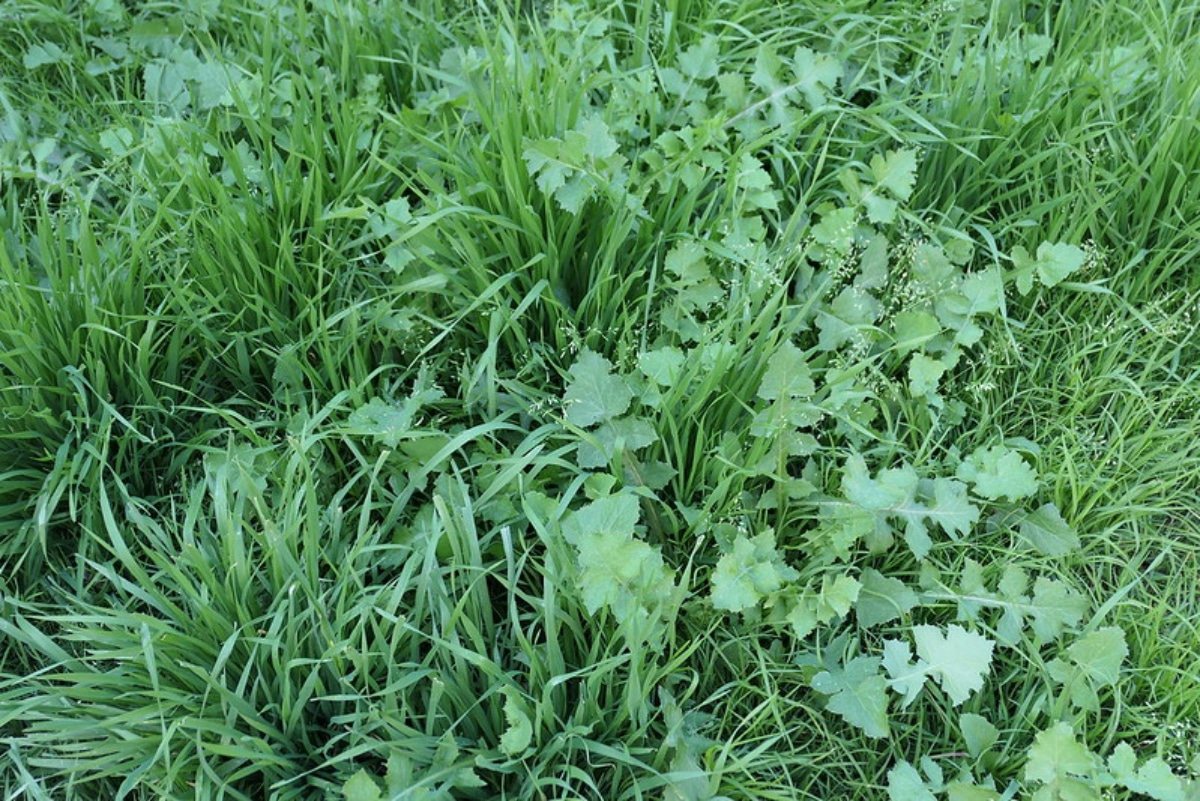


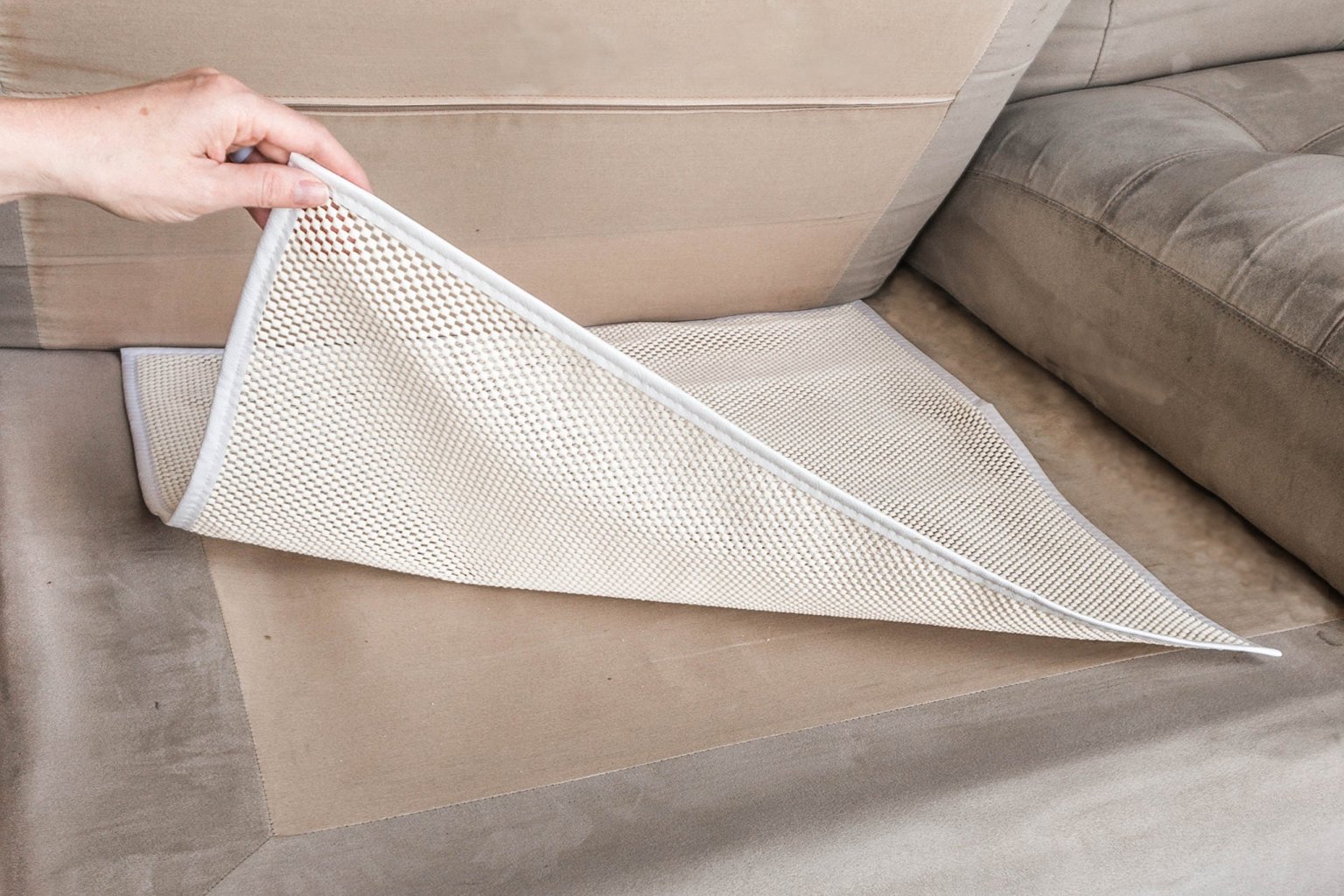
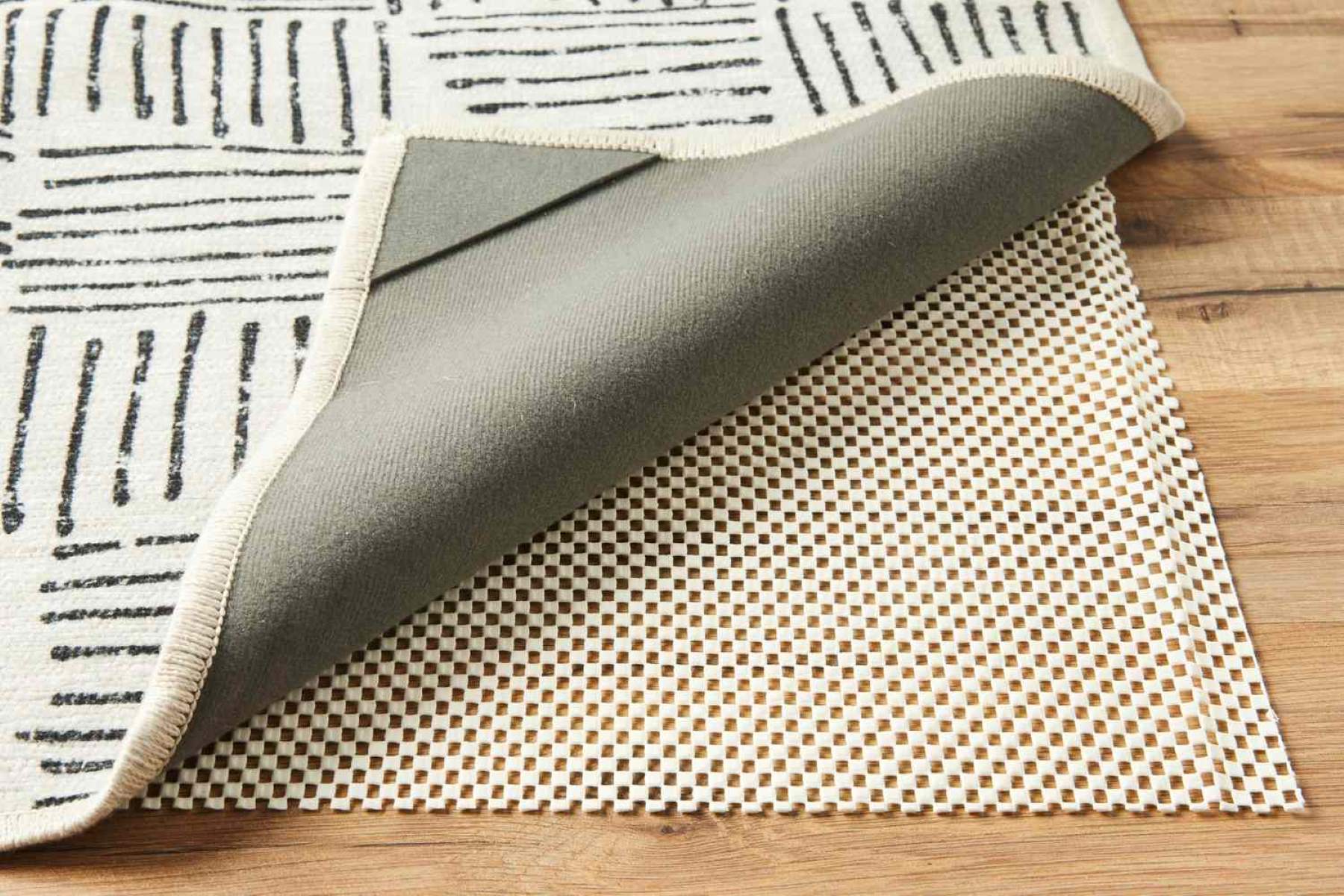
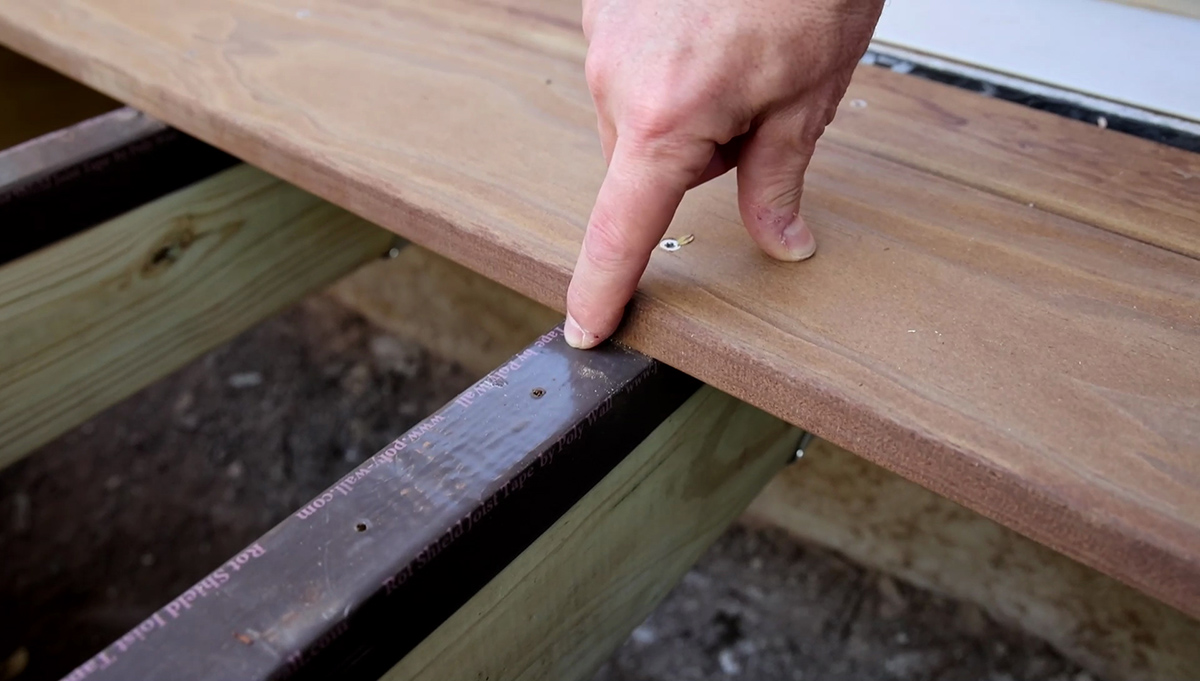
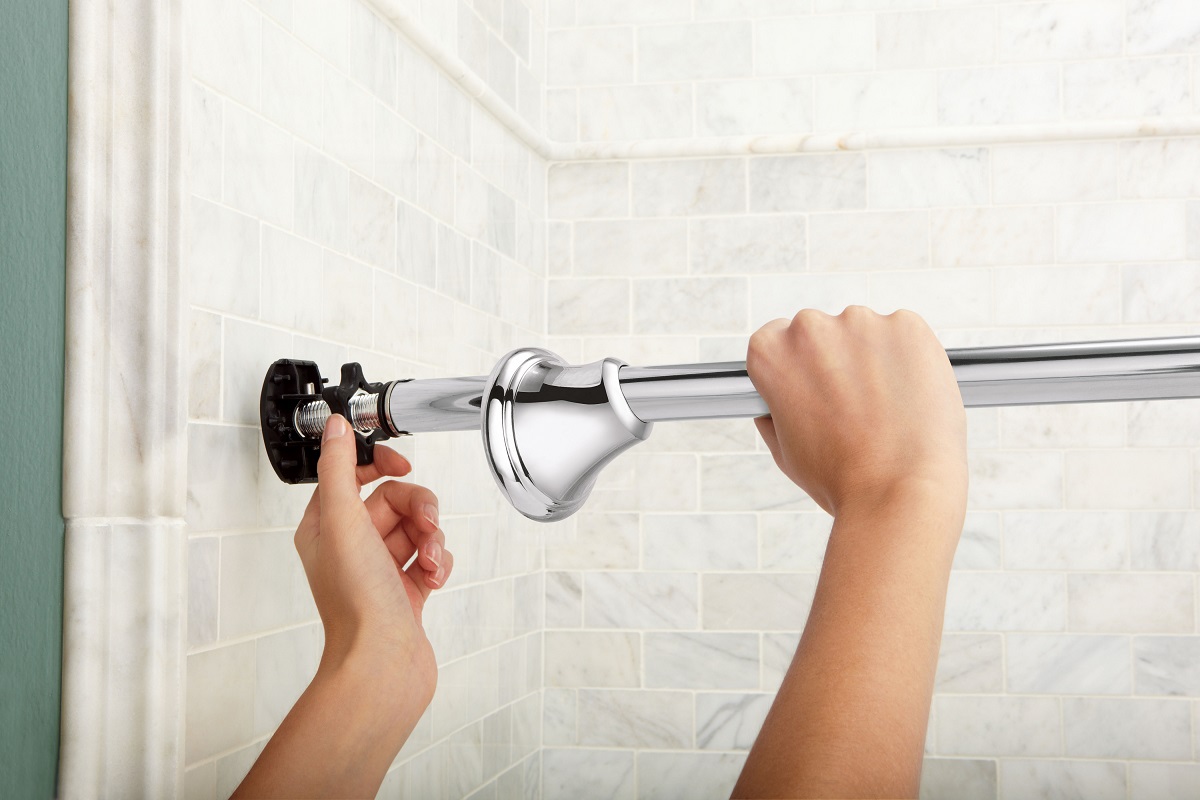
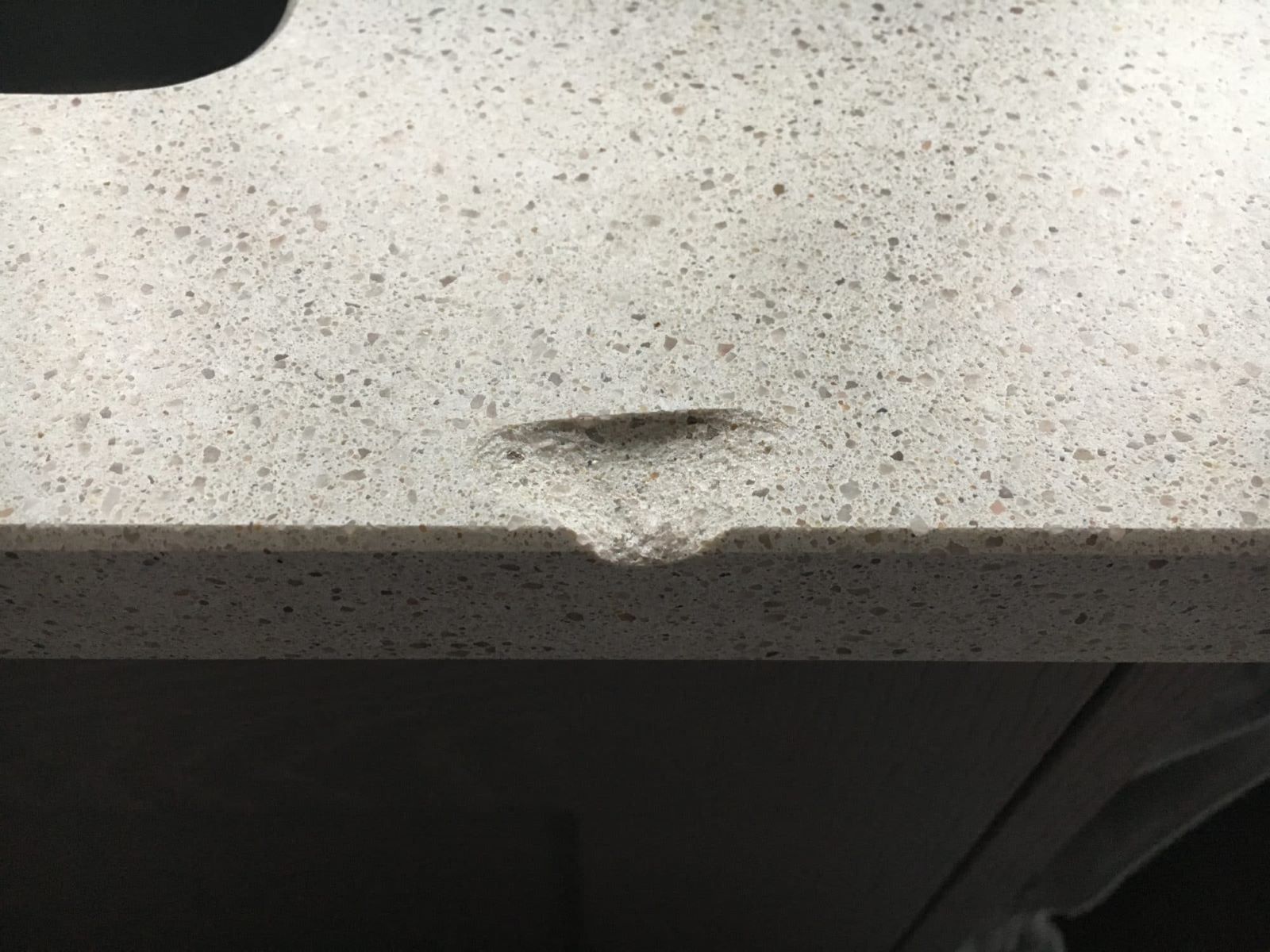
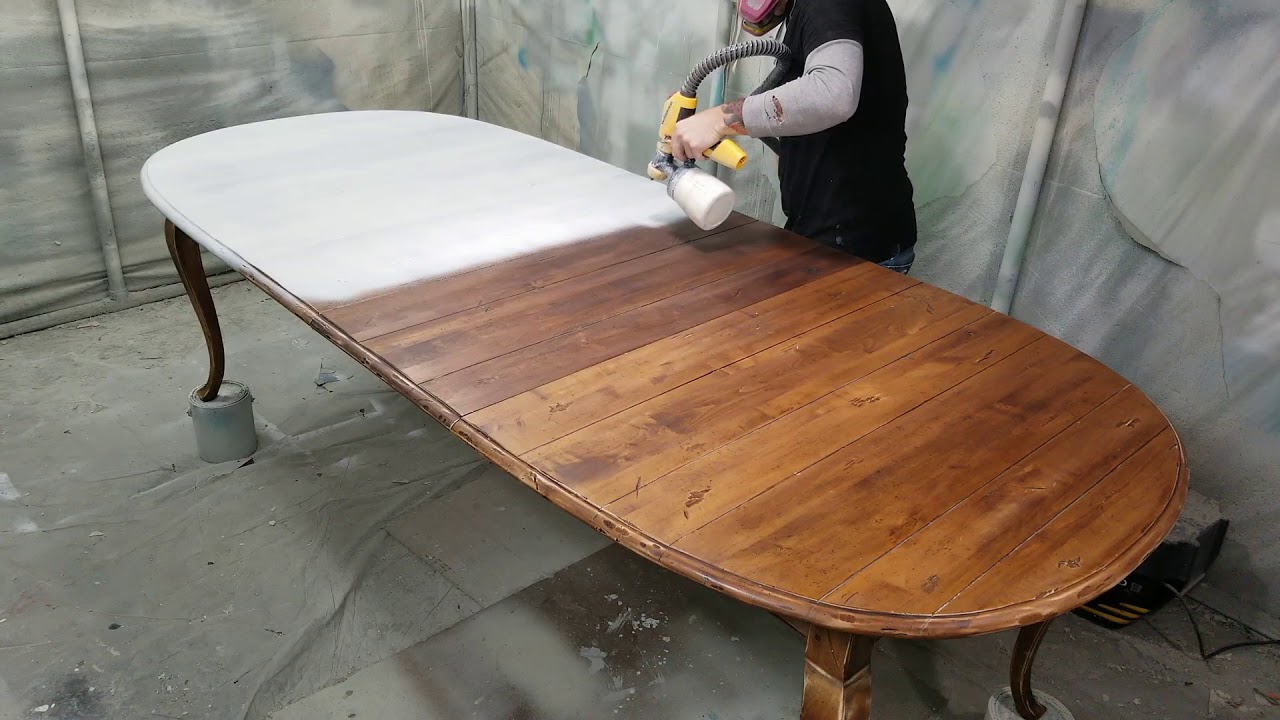
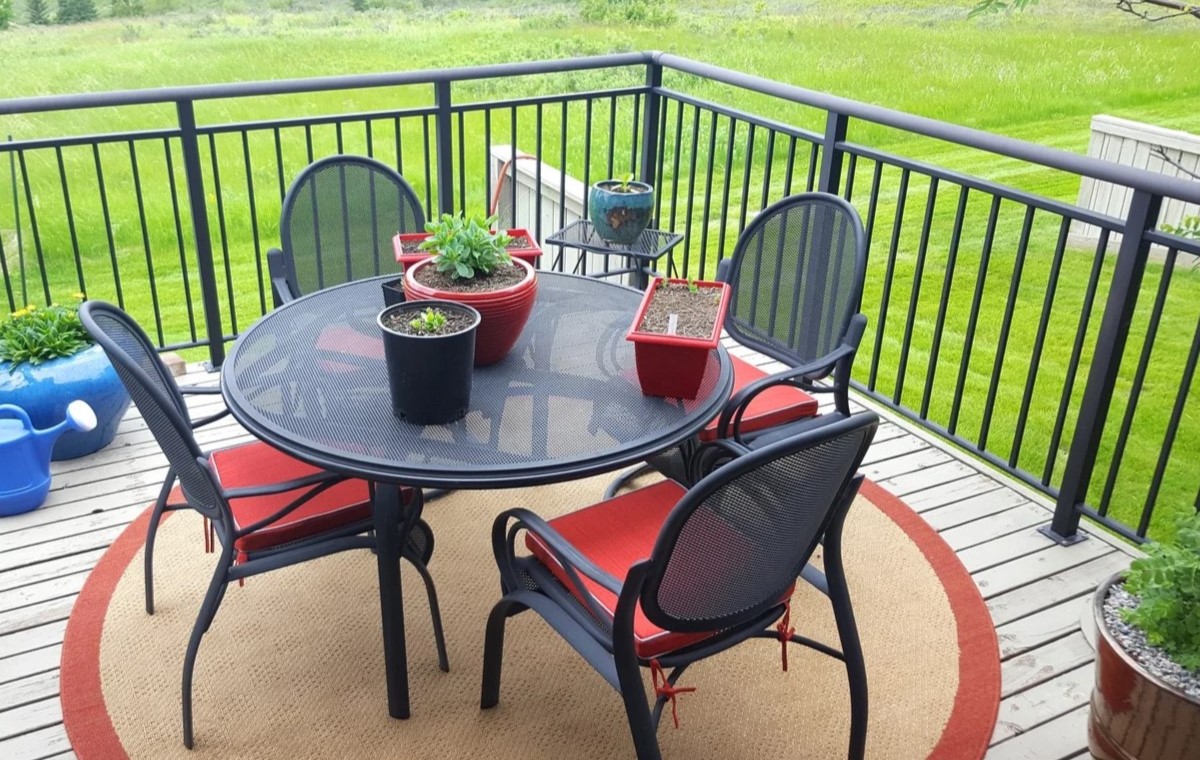
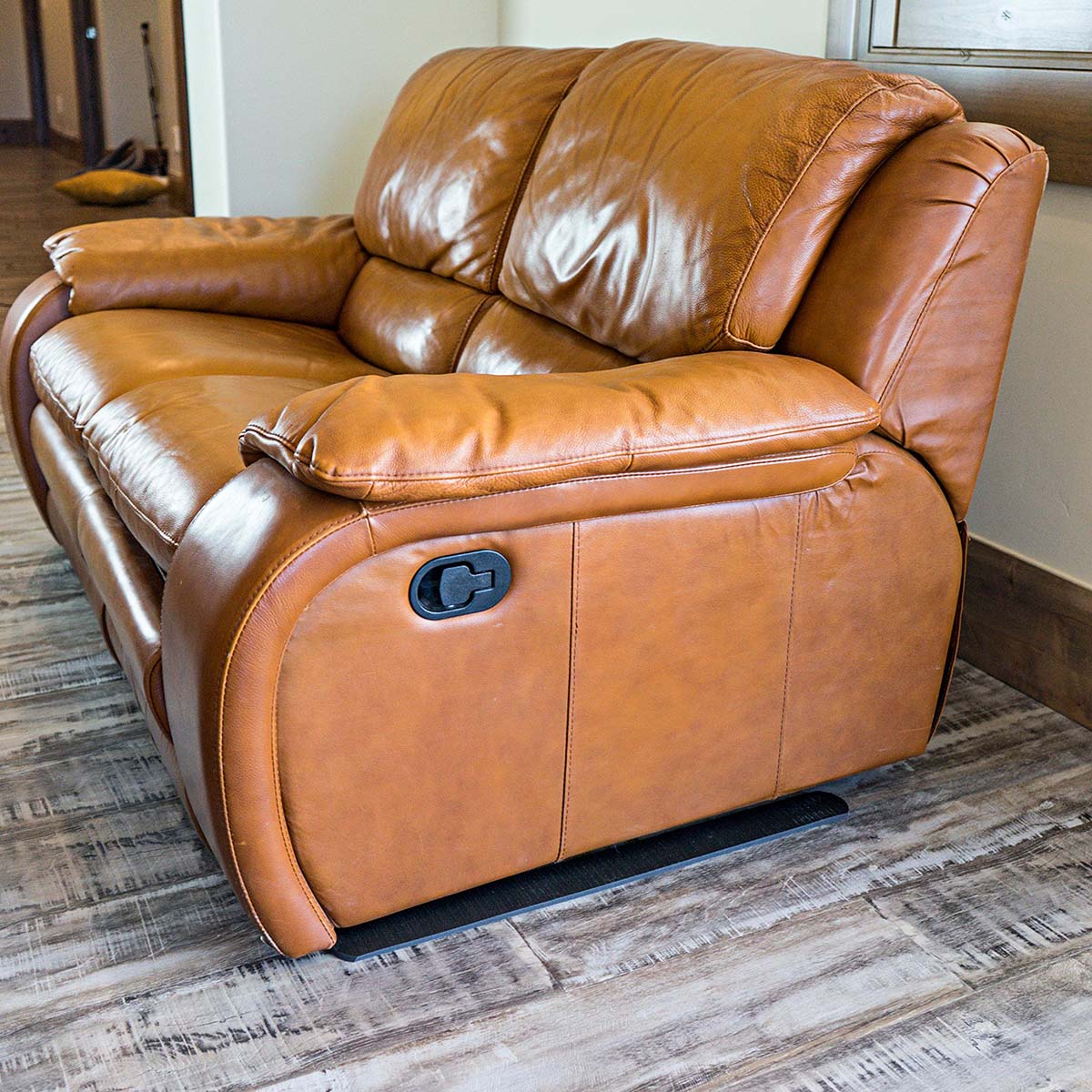
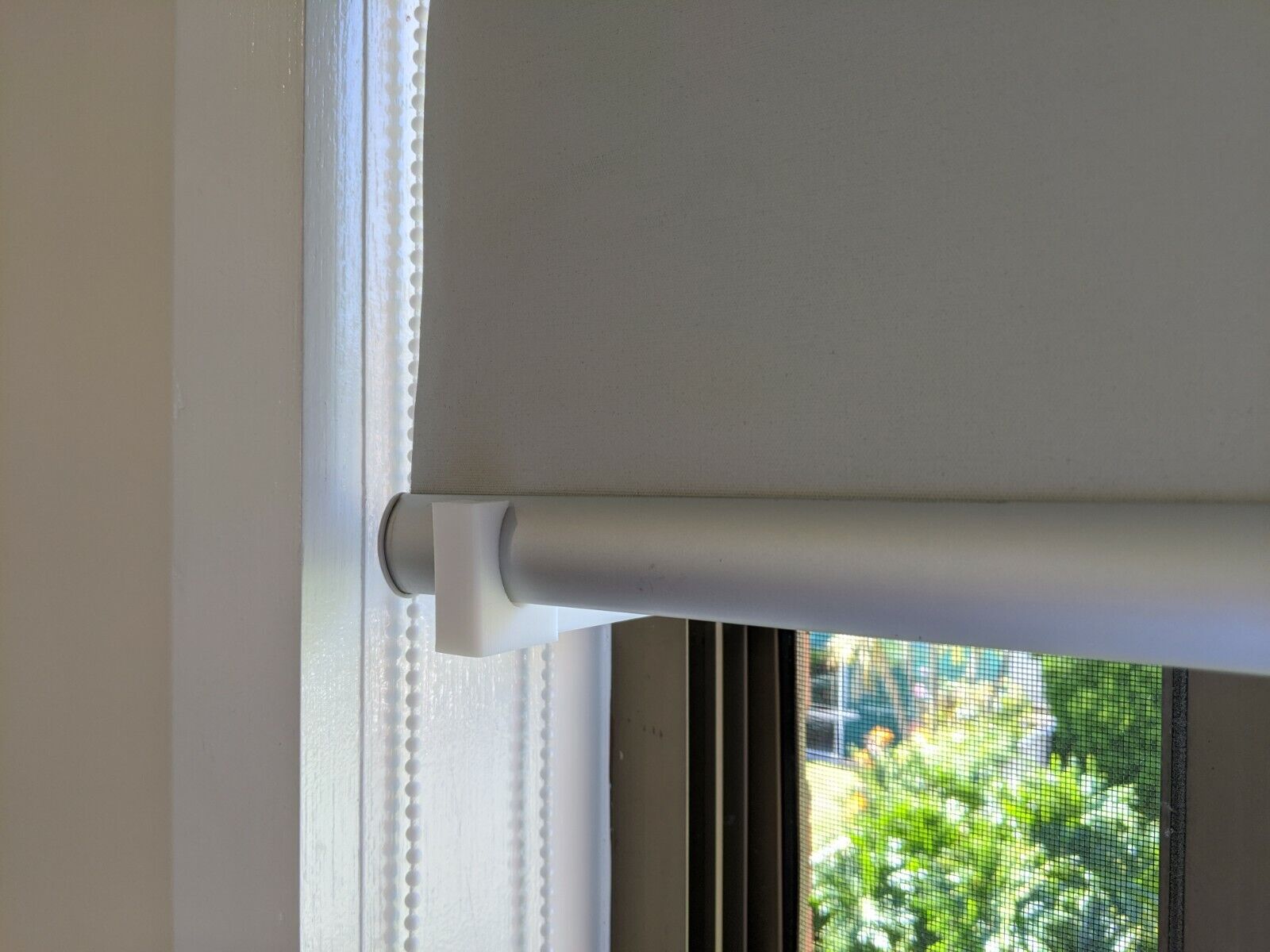
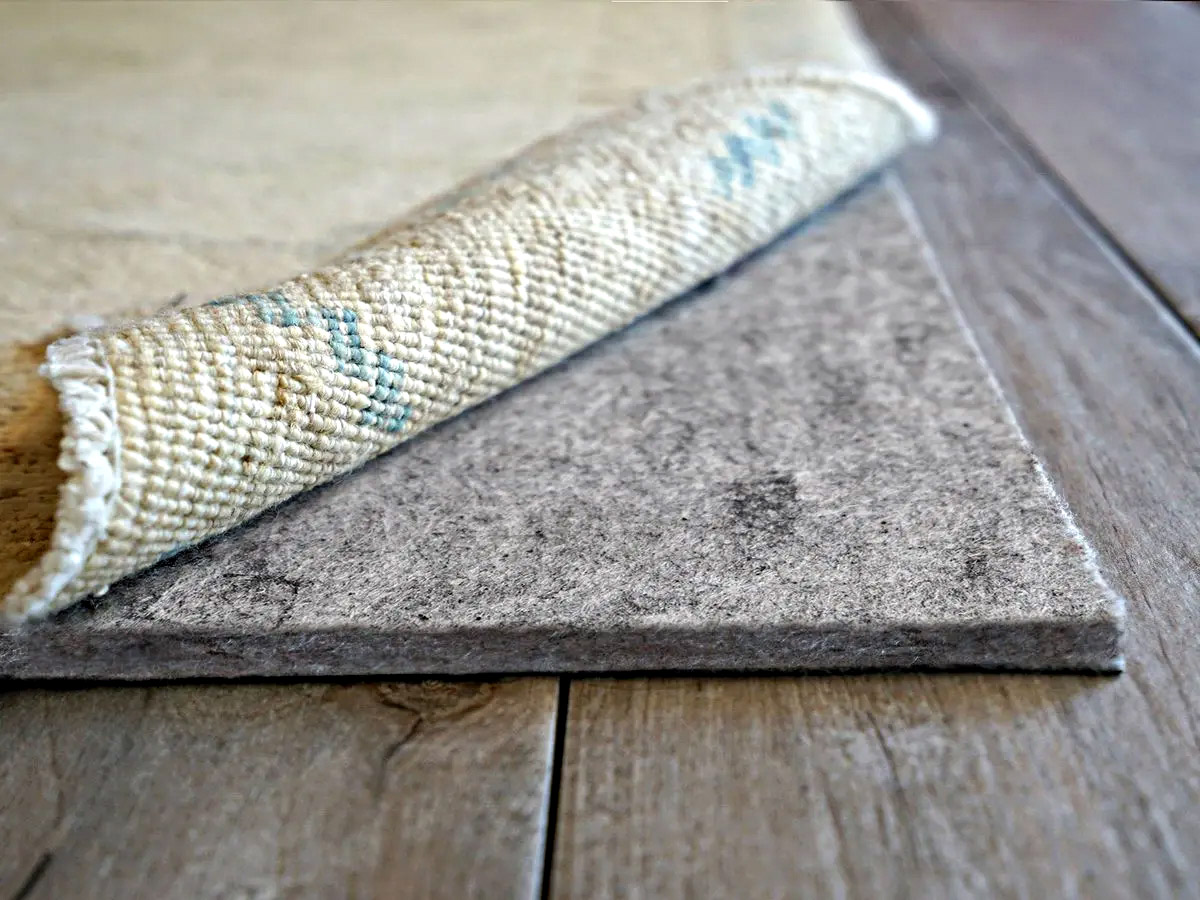
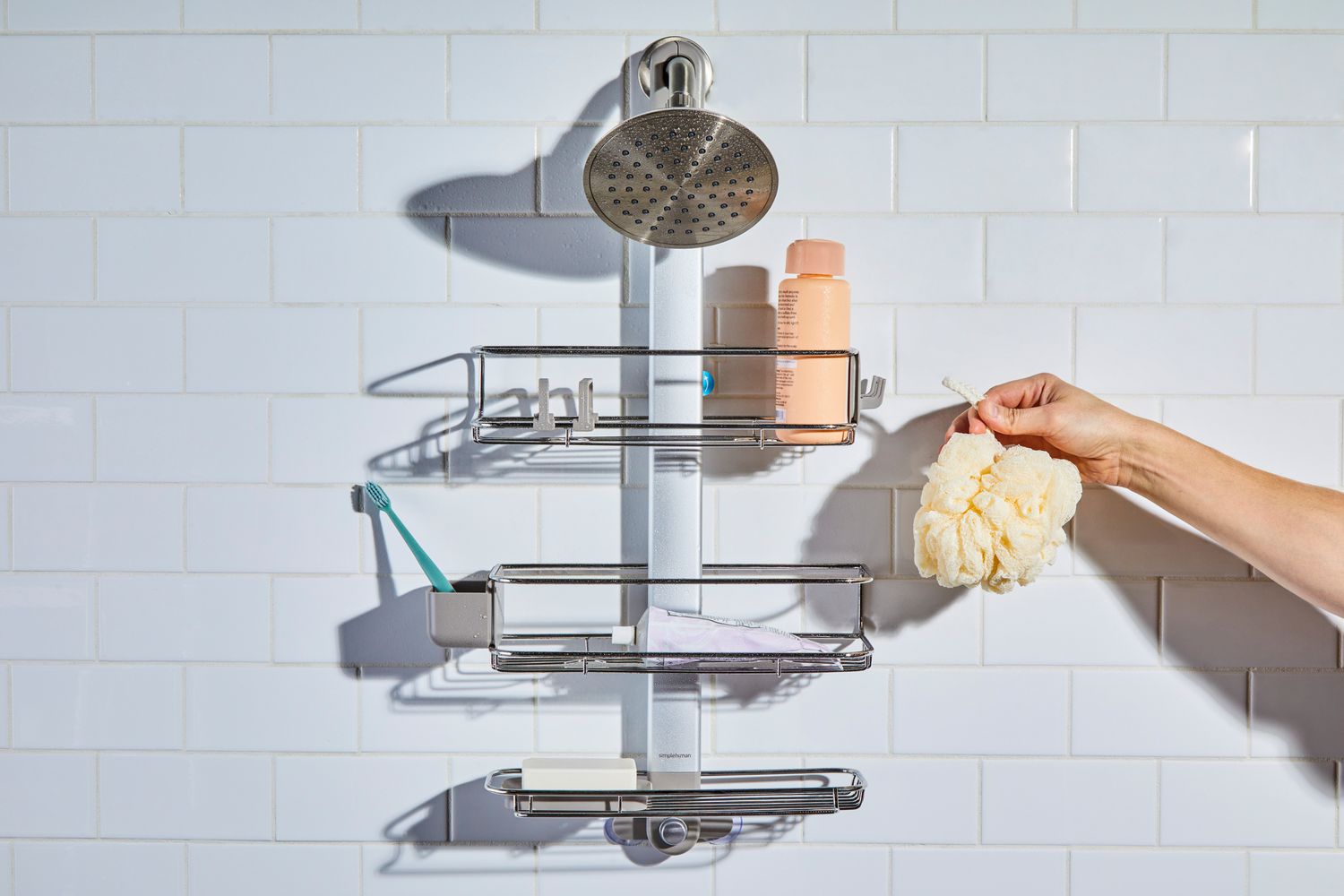

0 thoughts on “How To Prevent Table Paint From Chipping”